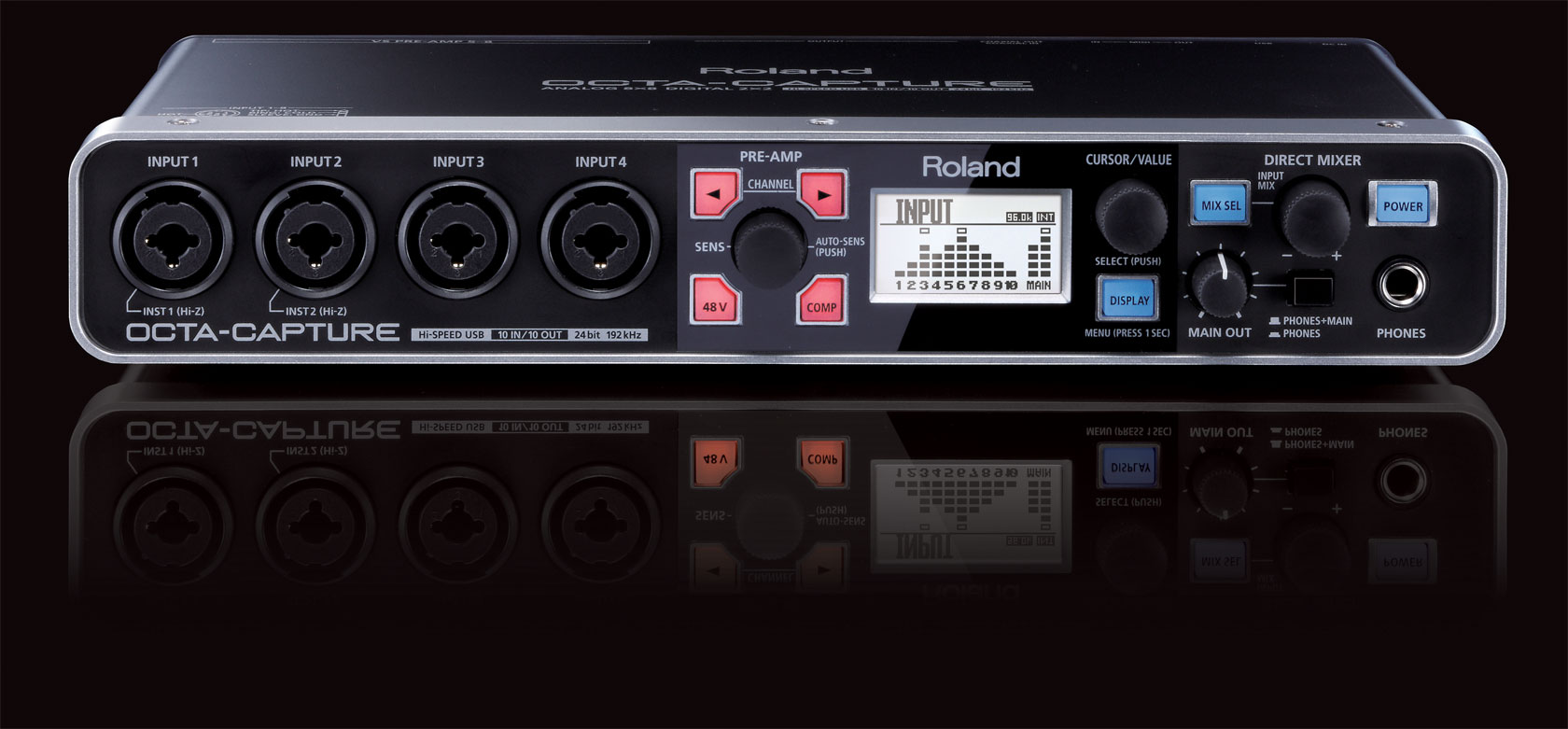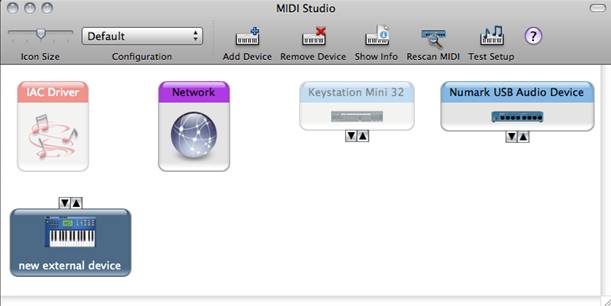Open exe file for mac os. This guide covers basic troubleshooting steps to determine whether your USB MIDI device is recognized, and working properly on a Mac computer.
Macintosh HD Library Audio MIDI Drivers. Macintosh HD Users Your User Name Library Audio MIDI Drivers. Note: the second location above is hidden on Mac OS X 10.7 and above. Mac icon for folders. To access it see these instructions. These are the places where third-party MIDI drivers are stored. Midi drivers free download - Drivers For Free, Midi Player, YAMAHA USB MIDI Driver, and many more programs. Enter to Search. My Profile Logout. MACBOOK PRO MIDI DRIVERS DOWNLOAD (2020). Mac book pro, boot camp installation. Musical instrument digital interface. Macbook pro software update. Macbook pro touch bar, midi driver issues dell, high definition audio. Macbook pro instructions manual. Sound preference pane, macbook pro mac, midi remote control, macbook pro update. Step step duration.
- Testing to see if a MIDI device is recognized on Mac
Testing to see if a MIDI device is recognized on Mac
- Open Spotlight by pressing Command + Spacebar, or clicking the magnifying glass in the top right corner of your desktop.
- Type in Audio MIDI Setup.
- Hit Enter or select Audio MIDI Setup from the list.
- Two windows should open the Audio Devices, and MIDI Studio.
- If not click on Window at the top and make sure MIDI Studio is checked.
- With the MIDI Studio window open, plug in your USB/MIDI keyboard or controller. Once the device is plugged in and recognized it will appear in the window as solid. If the device is grayed out it is currently unavailable. If your device is not listed or grayed out you may want to try a different USB cable and or USB port.
In the example above you can see that the Numark USB Audio Device is plugged in and recognized. The Keystation Mini 32 is either not plugged in or not recognized.

In the Audio MIDI Setup app on your Mac, choose Window Show MIDI Studio. In the MIDI Studio window, click the Choose MIDI Configuration pop-up menu (it may show Default), then choose New Configuration. Enter a name for the new configuration, then click OK. To add a new external MIDI device, click the Add button in the MIDI Studio toolbar.
Testing to see if MIDI devices are transmitting data using MIDI Monitor
What is MIDI Monitor?
Midi Monitor is a free utility for Mac OS X which displays MIDI signals in a variety of formats. It can watch both incoming and outgoing MIDI streams, and can filter them by message type and channel. Musicians will find it handy for tracking down confusing MIDI problems. Programmers can use it to test MIDI drivers and applications. MIDI Monitor is free to download and use.
Install Midi Drivers Mac
- Download, and Install MIDI Monitor.
- Download
- Open Midi Monitor.
- Click on the Sources tab to view MIDI devices. Confirm that your USB/MIDI device is listed.
- Once you confirm your MIDI device is connected and listed. Play any key(s) on your keyboard/controller to confirm each button or key is sending data to your computer. If you device is working you will see a message with data like below. The device is not sending data you may have a hardware issue. Contact the hardware manufacture for further support.
?
What to do if your MIDI device is not connecting to your Mac

Often, after an update or migration, you will need to 'refresh' certain MIDI devices. This is done quickly and easily in your Mac's Audio MIDI Setup.
- On your Mac, navigate to Utilities>Audio MIDI Setup
- Go to Window>Show MIDI Studio
- Make sure your MIDI device is unplugged
- After you've unplugged your MIDI device, click on it and choose Remove Device
- Plug your MIDI device back into your computer
If the above steps do NOT resolve your issue..
- Empty the contents of the following two folders by moving their files into to two new folders on your desktop:
Macintosh HD > Library > Audio > MIDI Drivers
Macintosh HD > Users > [Your User Name] > Library > Audio > MIDI Drivers
Note: the second location above is hidden on Mac OS X 10.7 and above. To access it see these instructions.
- These are the places where third-party MIDI drivers are stored. If they have become corrupt, or they haven't been installed correctly, removing them and starting over may help.
- Restart your computer.
- Try your MIDI device again.
- If the symptom has been resolved, you should..
- Reinstall each of these drivers by visiting the home page for the respective device manufacturers. Note, if your MIDI device is Class Compliant, it doesn't require any extra drivers to be installed.
- Find and download the latest drivers for the product(s), and install them.
- Confirm all of your devices now work properly, then trash the files you had moved from your MIDI Drivers folder to your desktop.

In the Audio MIDI Setup app on your Mac, choose Window Show MIDI Studio. In the MIDI Studio window, click the Choose MIDI Configuration pop-up menu (it may show Default), then choose New Configuration. Enter a name for the new configuration, then click OK. To add a new external MIDI device, click the Add button in the MIDI Studio toolbar.
Testing to see if MIDI devices are transmitting data using MIDI Monitor
What is MIDI Monitor?
Midi Monitor is a free utility for Mac OS X which displays MIDI signals in a variety of formats. It can watch both incoming and outgoing MIDI streams, and can filter them by message type and channel. Musicians will find it handy for tracking down confusing MIDI problems. Programmers can use it to test MIDI drivers and applications. MIDI Monitor is free to download and use.
Install Midi Drivers Mac
- Download, and Install MIDI Monitor.
- Download
- Open Midi Monitor.
- Click on the Sources tab to view MIDI devices. Confirm that your USB/MIDI device is listed.
- Once you confirm your MIDI device is connected and listed. Play any key(s) on your keyboard/controller to confirm each button or key is sending data to your computer. If you device is working you will see a message with data like below. The device is not sending data you may have a hardware issue. Contact the hardware manufacture for further support.
?
What to do if your MIDI device is not connecting to your Mac
Often, after an update or migration, you will need to 'refresh' certain MIDI devices. This is done quickly and easily in your Mac's Audio MIDI Setup.
- On your Mac, navigate to Utilities>Audio MIDI Setup
- Go to Window>Show MIDI Studio
- Make sure your MIDI device is unplugged
- After you've unplugged your MIDI device, click on it and choose Remove Device
- Plug your MIDI device back into your computer
If the above steps do NOT resolve your issue..
- Empty the contents of the following two folders by moving their files into to two new folders on your desktop:
Macintosh HD > Library > Audio > MIDI Drivers
Macintosh HD > Users > [Your User Name] > Library > Audio > MIDI Drivers
Note: the second location above is hidden on Mac OS X 10.7 and above. To access it see these instructions.
- These are the places where third-party MIDI drivers are stored. If they have become corrupt, or they haven't been installed correctly, removing them and starting over may help.
- Restart your computer.
- Try your MIDI device again.
- If the symptom has been resolved, you should..
- Reinstall each of these drivers by visiting the home page for the respective device manufacturers. Note, if your MIDI device is Class Compliant, it doesn't require any extra drivers to be installed.
- Find and download the latest drivers for the product(s), and install them.
- Confirm all of your devices now work properly, then trash the files you had moved from your MIDI Drivers folder to your desktop.

